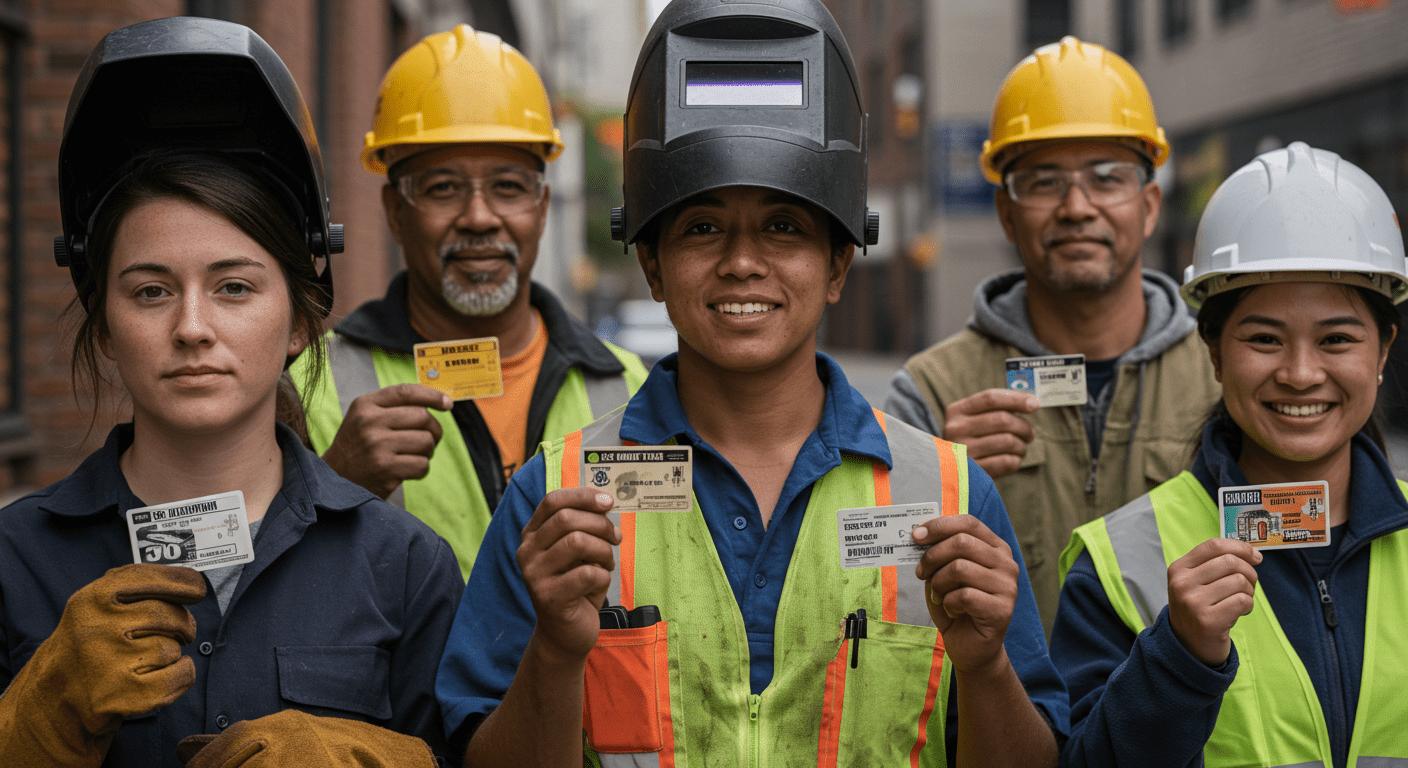Union Membership: Trends, Benefits, and Strategies for Growth

Union membership has been a vital force in the American workforce, advocating for workers' rights, fair wages, and better working conditions. However, membership numbers have been steadily declining over the decades, sparking concerns about the future of organized labor. This article explores the benefits of union membership, the factors contributing to its decline, and steps unions can take to reverse this trend. We'll also dive into the history of union membership by year and highlight examples like the Teamsters Union membership growth to understand how some unions are successfully navigating today’s changing workforce landscape.
In This Article We Will Discuss:
- Benefits of Union Membership
- Union Membership by Year
- Which Factors Have Led to Union Membership Decline?
- Steps to Stop the Union Membership Decline
- Teamsters Union Membership Growth: A Model for Success
Benefits of Union Membership
Unions play an essential role in empowering workers and improving workplace conditions. Members enjoy a range of advantages that non-union employees often miss out on.
1. Higher Wages and Better Benefits
Union members typically earn higher wages than their non-union counterparts. Studies have shown that union workers earn, on average, 10–20% more than non-union workers in similar roles. Benefits such as health insurance, retirement plans, and paid leave are also more robust in unionized workplaces.
2. Job Security
Union contracts provide protections against arbitrary layoffs and unfair treatment. They establish clear procedures for promotions, grievances, and dismissals, giving workers a sense of stability and fairness.
3. Collective Voice
Through collective bargaining, union members obtain a say in workplace policies, wages, and conditions. This collective strength enables them to push for meaningful changes that benefit all employees.
4. Workplace Protections
Unions advocate for safer workplaces by enforcing compliance with workplace safety laws and providing training programs. This has led to significant reductions in workplace injuries and fatalities in unionized sectors.
5. Advocacy for Social and Economic Justice
Far beyond individual workplaces, unions fight for policies such as raising the minimum wage, expanding healthcare access, and promoting anti-discrimination laws. These gains have advanced worker protections across industries.
Union Membership by Year
Examining union membership trends over time provides a clear picture of its rise and decline in the U.S.
Union Membership Peaks
- 1950s–1960s: Union membership reached its height, with over 35% of the workforce belonging to a union. The post-war economic boom and strong industrial base contributed to this success.
Steady Decline
- 1980s–2000s: Membership rates fell due to factors like globalization, the decline of manufacturing jobs, and anti-union policies. By 2000, union membership had dropped to around 13% of the workforce.
Current Trends
- 2020s: As of 2023, union representation was 11.2% of workers. Public sector unions account for a significant portion, while private sector membership continues to decline.
Which Factors Have Led to Union Membership Decline?
Several factors have contributed to the decline of union membership in recent decades:
1. Globalization and Outsourcing
The shift of manufacturing jobs overseas has eroded the traditional industrial base of union strength. Companies have moved operations to countries with lower labor costs, reducing unionized job opportunities in the U.S.
2. Anti-Union Legislation
Laws like the Taft-Hartley Act of 1947 restricted union power by banning secondary boycotts and allowing states to pass right-to-work laws.
3. Rise of the Gig Economy
The gig economy has created a workforce of independent contractors who are typically not eligible for union representation. Platforms like Uber and DoorDash further complicate traditional labor organizing.
4. Automation and Technological Change
Automation has replaced many jobs in union-heavy industries. Emerging technologies like AI pose additional threats to unionized roles.
5. Decline in Public Perception
Decades of anti-union rhetoric and media coverage have led some workers to view unions as unnecessary or outdated, further contributing to declining membership rates.
Steps to Stop the Union Membership Decline
Reversing the decline in union membership requires innovative strategies and renewed organizing efforts.
1. Target Emerging Industries
Unions must adapt by organizing workers in growing industries like technology, e-commerce, and renewable energy. Campaigns like the Teamsters’ efforts with Amazon delivery drivers show the potential for growth.
2. Modernize Messaging
Unions need to emphasize their relevance through social media campaigns and storytelling. Highlighting union successes can attract younger workers.
3. Strengthen Workplace Organizing
Grassroots organizing at the workplace level is essential. Training workers on how to form unions and negotiate contracts builds solidarity among employees.
4. Advocate for Pro-Union Policies
Lobbying for legislation like the PRO Act would make it easier for workers to organize and limit anti-union tactics by employers.
5. Invest in Leadership Development
Training new leaders can sustain organizing momentum and build stronger connections with members.
Teamsters Union Membership Growth: A Model for Success
The Teamsters Union provides a compelling example of how unions can adapt and grow. By targeting industries like logistics and food service, the Teamsters have successfully organized workers at major companies like Amazon and Sysco.
Strategies for Growth
- Strategic Organizing: Focusing on industries with high growth potential.
- Grassroots Campaigns: Building worker-led movements from the ground up.
- Leveraging Public Support: Using media and public pressure to gain visibility.
Conclusion
Union membership remains a critical force for worker empowerment, but its decline poses challenges for the future of organized labor. By understanding the benefits of union membership, the factors behind its decline, and steps to reverse the trend, unions can chart a path forward.
Examples like the Teamsters Union membership growth show that progress is possible with the right strategies. By targeting emerging industries, modernizing messaging, and advocating for pro-worker policies, unions can strengthen their relevance and secure a brighter future for workers across the U.S.
